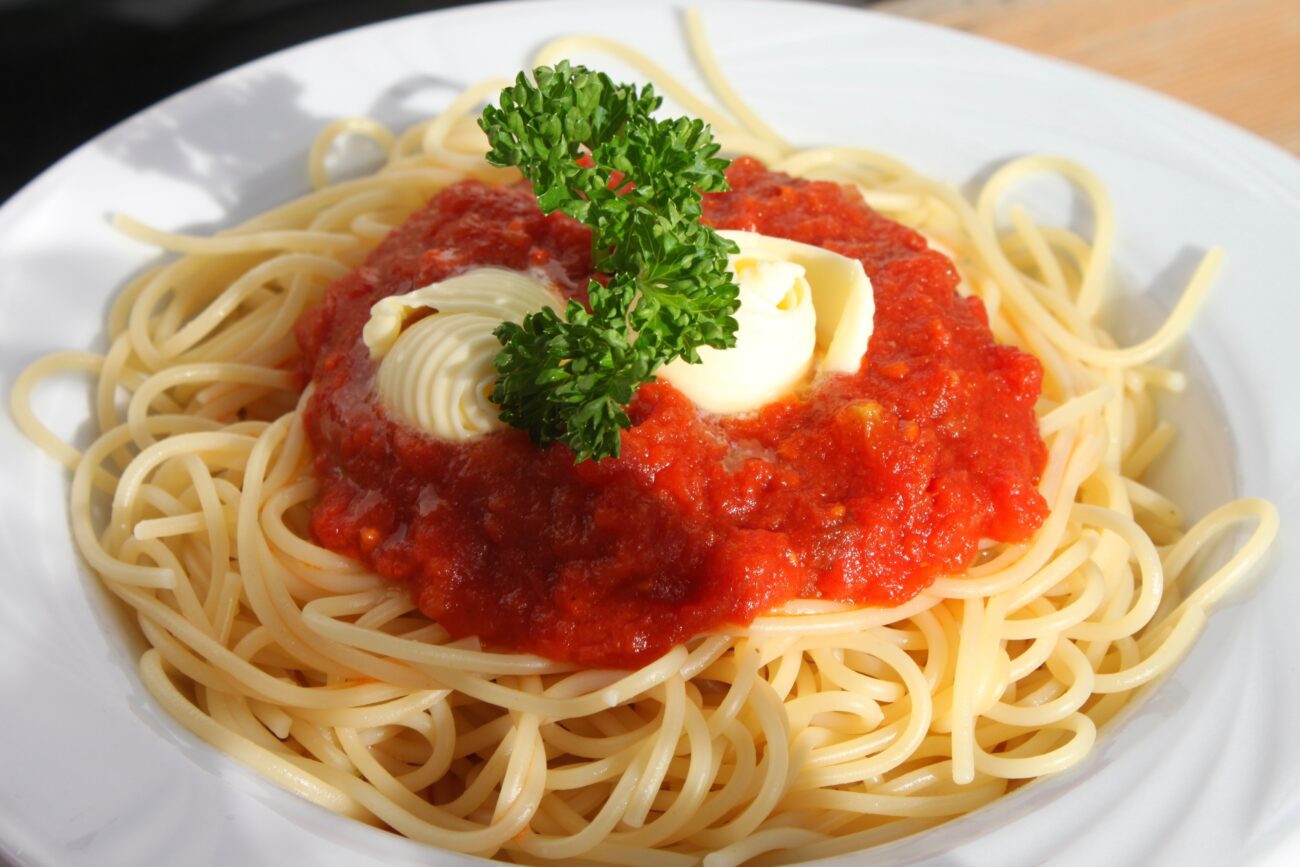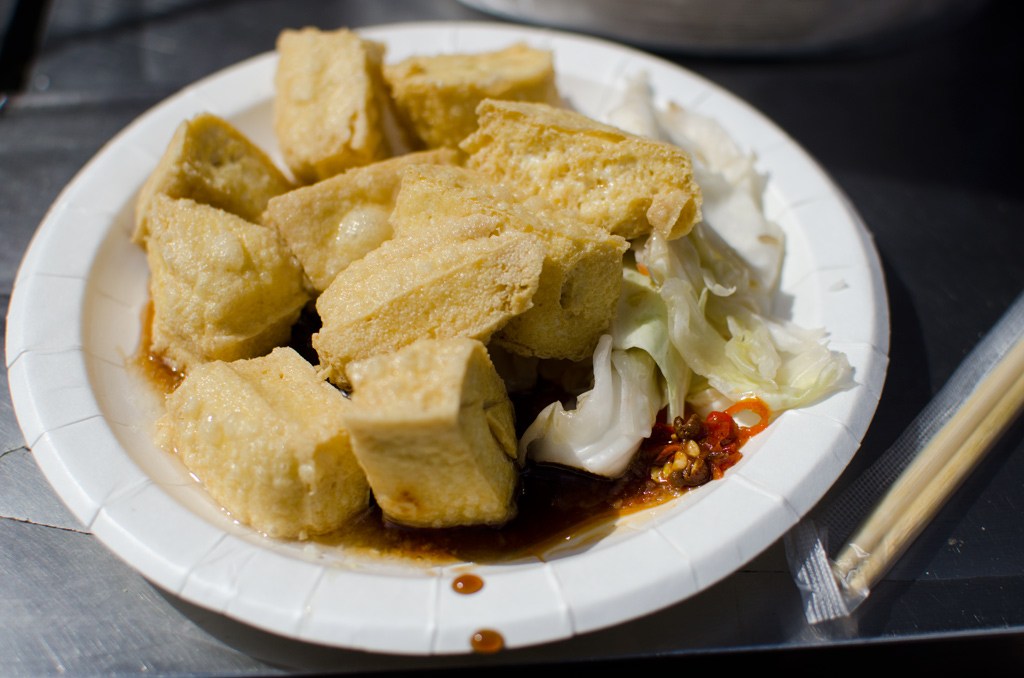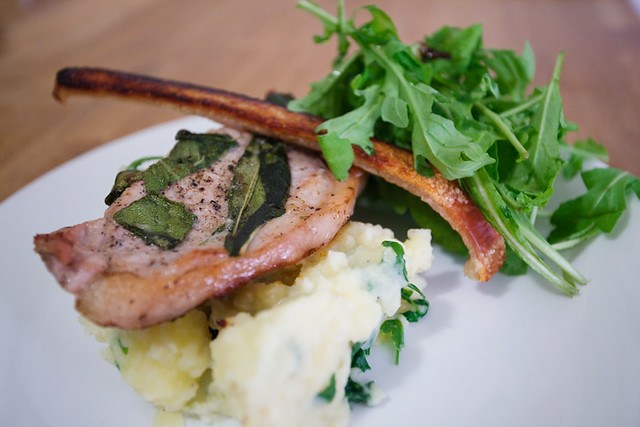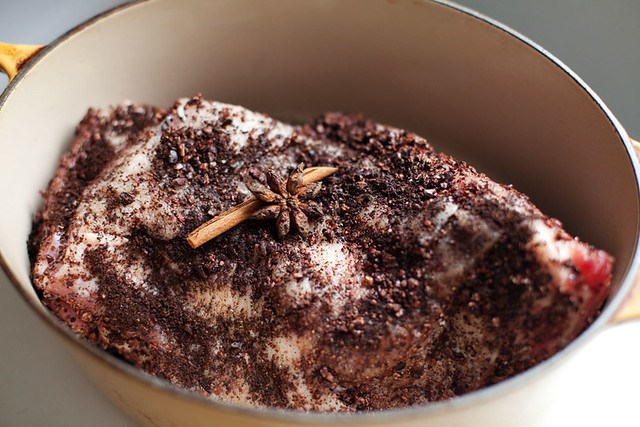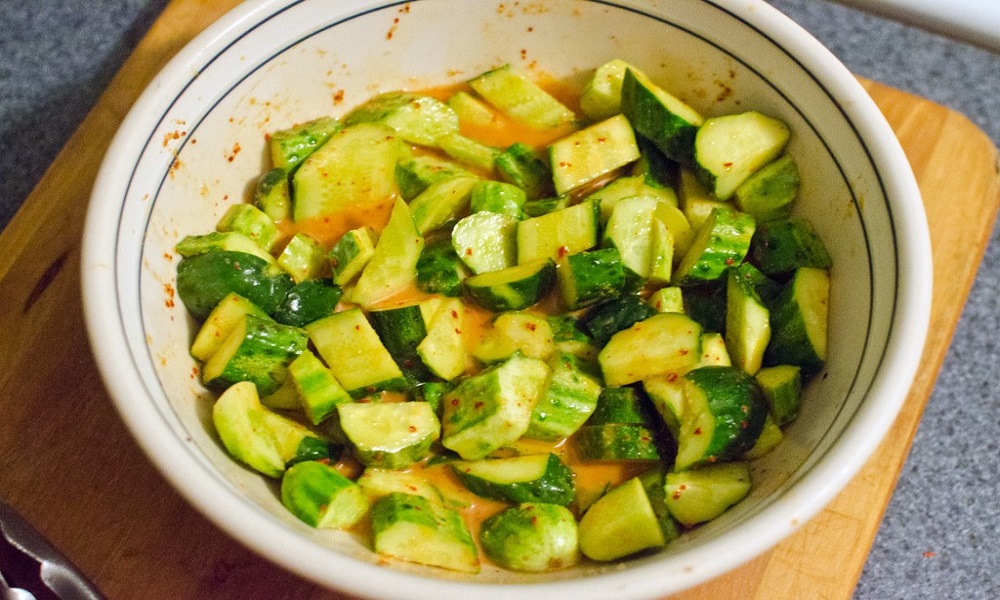Watery sauces that slide off pasta betray amateur cooking, yet professional chefs eliminate this problem with a simple three-second move. Just before draining, they reserve a cup of that cloudy, starchy cooking water—transforming what most home cooks pour down the drain into what Italian kitchens call “liquid gold.”
This isn’t superstition. As pasta cooks, starch granules swell and burst into the boiling water, creating a natural emulsifier more powerful than any store-bought thickener. The science mirrors how cornstarch slurries work in Chinese cooking—but here, you’re getting it free from the pasta itself.
The Science Behind Liquid Gold
When pasta water reaches temperatures above 140°F, molecular changes transform clear water into a cloudy, viscous solution that professional chefs worldwide rely on.
This starchy liquid acts as both an emulsifier and a thickener, helping oil-based and water-based sauce components blend seamlessly instead of separating. The result: sauces that cling to each piece of pasta with restaurant-quality cohesion.
Professional chefs worldwide consider this technique non-negotiable. The Italian term “mantecatura” describes this final binding process, used in everything from carbonara to cacio e pepe. This method has become standard in both fine dining establishments and traditional Italian home kitchens.
How to Execute the Three-Second Trick:
- Reserve one cup of pasta water in a heatproof mug before draining
- Add drained pasta directly to your awaiting sauce in the pan
- Gradually incorporate pasta water while tossing until the sauce achieves a glossy sheen
- Adjust consistency by adding more water as needed
This technique exploits the same gelatinization process that thickens gravies and sauces worldwide. The starch molecules, heated above 140°F, create natural thickening power comparable to commercial emulsifiers.
Unlike simply draining pasta clean, this method preserves culinary value that would otherwise disappear down the drain—a perfect example of Italian “cucina povera“ philosophy turning humble byproducts into premium ingredients.
The transformation happens immediately: glossy, unified sauces that coat pasta like they do in professional kitchens. Your next bowl won’t just taste better—it’ll achieve the cohesive texture that separates restaurant-quality pasta from home cooking disasters.


